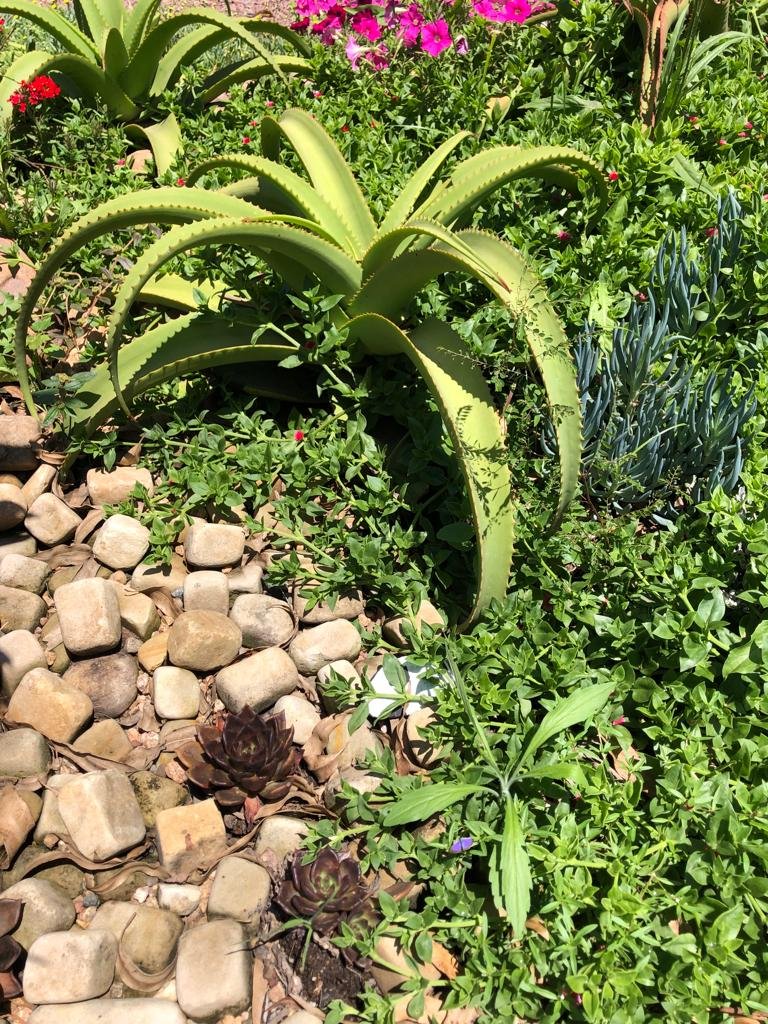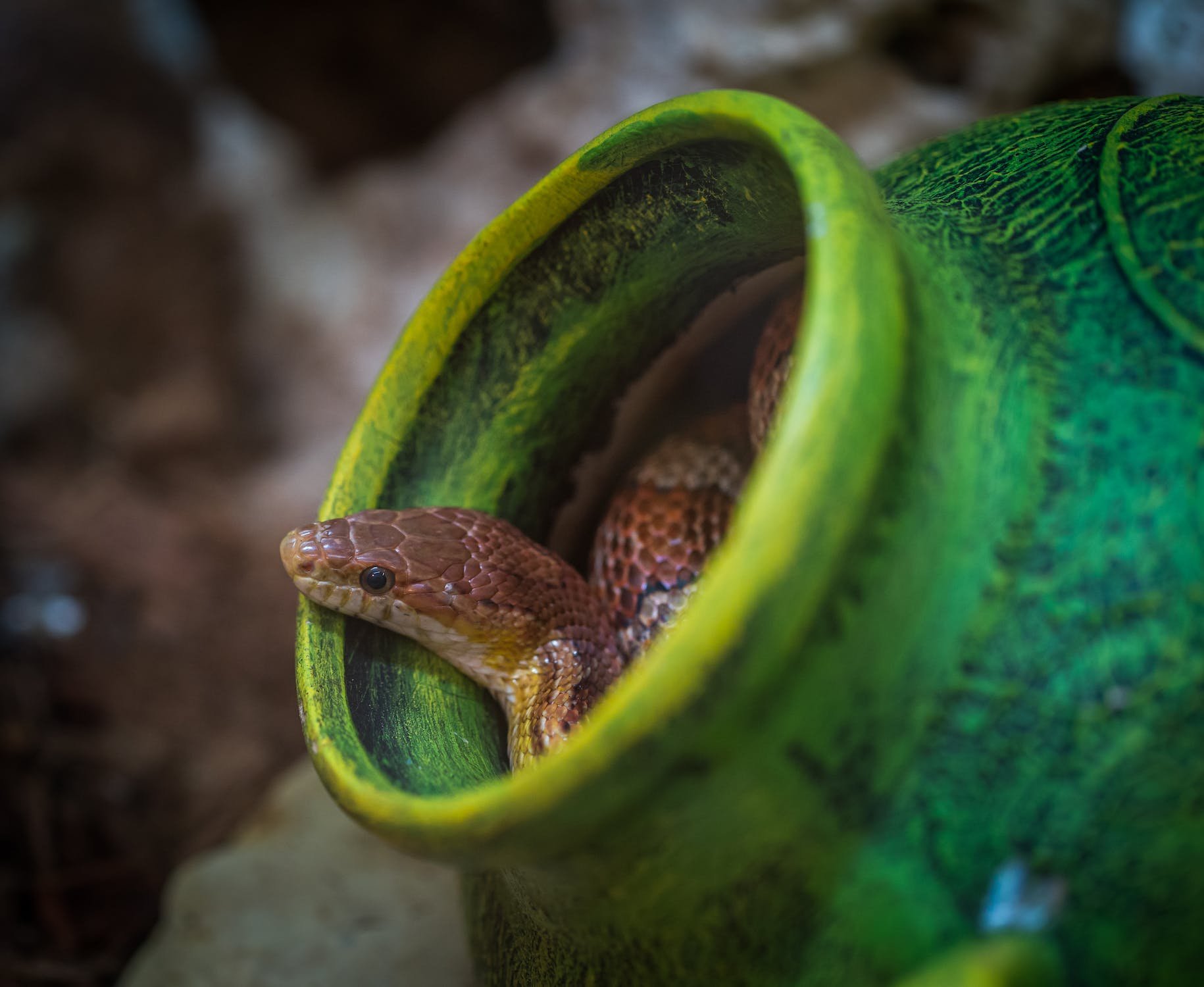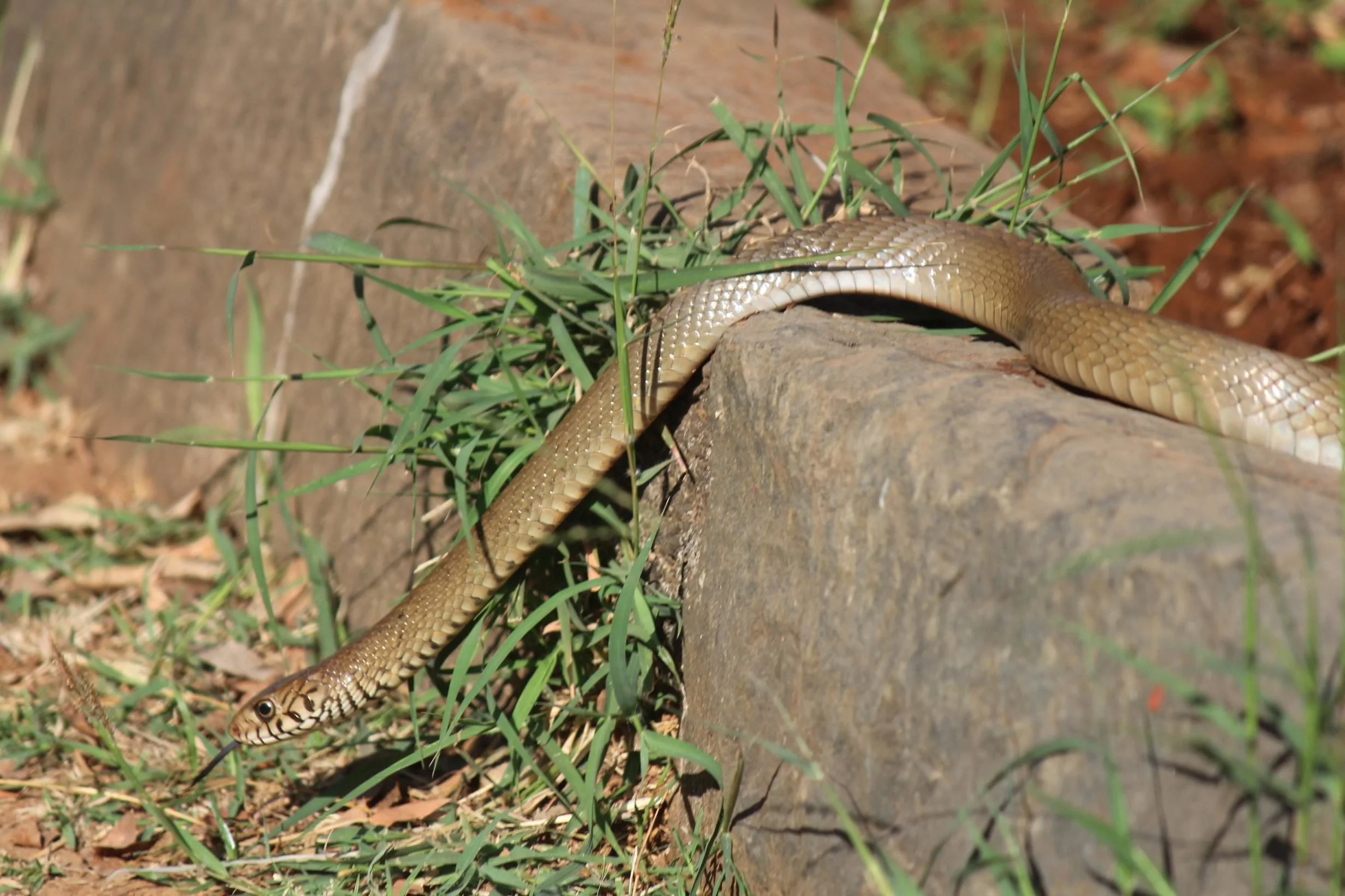Gardening in winter seems to trouble a lot of people, but it needn’t be so. Here we share some direction to help your cause, and prepare for a beautiful summer garden.
Nature as Healer, Teacher, and Mentor for our Youth
In the past few years, we have seen a completely unexpected global health crisis, and this has compelled most of us to re-evaluate what is truly important in our lives. More adults than ever before reported taking part in some form of outdoor recreation, a large number of people became first-time gardeners, and National Parks were flooded with visitors upon reopening. These are all clear signs that for so many, nature is an intrinsic true love, one of the things that we humans value most. Beyond the clean air and open spaces, the opportunity to grow our own healthy foods, and the awe-inspiring landscapes that give us respite from our daily routines , nature can help us solve other major challenges that society is facing today including a growing mental health crisis and climate change.
Involving our youth in gardening has immense value : helps develop social skills, enhances the school curricula, brings families together, and creates an awareness of the link between nature and our food, clothing and shelter, ultimately doing justice to the planet.
Allowing young people to immerse themselves in nature-based education is not just important, but should be commonplace in all learning environments. It just makes the most common-sense!
We strongly encourage all adults to explore ways that community support for youth gardening can promote cultural understanding and accessibility, physical and emotional health, and career and business development for the next generation.
“Farming God’s Way” was a similar initiative we took part in some years ago – read about it here
Feel free to get in touch with us for your comments or communication in this regard.
Working with a salt-laden wind in a coastal garden
Oh the Wind! We love to hate it!
It is however also a vital element of the earth. Wind carries heat, moisture, and pollen to new areas. Without it, very little would be pollinated. As a gardener thought, and a resident of the coastline , what can be more devastating than waking up to find your newly planted garden burnt to little sticks over night by a damaging wind?
Salt laden wind that blows off the sea is very damaging to your plants. Planting up a sea facing garden without sound advice from a knowledgeable and experienced planter, is like pouring cash into a hole. If you’re not planting the right plants in a salt laden wind area it could break the plants, burn their foliage and also stunt their growth.
Here are a couple of ways to work well with a salt-laden wind in your garden:
1. Create SCREENING AND BARRIERS for wind protection
Screening in gardens provides both privacy as well as protection
Screening can either be permanent such as fencing, palisade walls or a trellis, or temporary such a shade netting or a mobile trellis. Shade netting also works really well to protect young plants against a battering wind. Screening allows more delicate plants to maintain a healthy growth and protects from salt damage.
Natural barriers to the wind can also be planted using the correct trees and shrubs, an option which is aesthetically pleasing and cost-effective. One should make use of hedging shrubs, or trees that are flexible and can bend with the wind, to create the most effective natural barrier.
Be sure about the direction of the prevailing winds before you construct anything permanent.
You can read more about creating the best windbreaks in your coastal garden in this great article by Kay Montgomery of Independent HOME. They have some really good advice about placement of constructed or natural windbreaks in your garden.
2. CHOOSE THE CORRECT PLANTS
There are a few plants which do really well on any coastline. Just take a walk along your favourite seaside promenade and you should fund these in abundance:
· Trailing gazania (Gazania rigens): Very useful groundcovers, both wind and salt tolerant
· Natal wild banana or Crane flower (Strelitzia nicolai or Strelitzia reginae): Add great structure to a garden due to their height, work well in groups as they protect each other, and the birds just love them.
· Wild camphor bush (Tarchonanthus camphoratus): You’ll recognise this plant by its cottonwool like puffs of seeds which follow the flowers, and it’s great camphor scent. The birds love this plant as the cotton-wool seeds make for great nesting.
· Wild Olive (Olea Europaea): a great, hardy plant, good to look at and brings with it a touch of Mediterranean look and feel. These should be planted fairly close together to act as a wind break.
· White Milkwood (Sideroxylon inerme): Another hardy tree that grows really tall and sturdy with thick foliage, acting as a great wind barrier.
· Dune-crow berry (Searsia crenata) and Blombos (Metalasia muricate) : These are hedging shrubs that also make for great windbreaks
· Pig’s ears (Cotyledon orbiculate) and Vaalbietou bush (Chrysanthemoides icana) : These make for great groundcover to stabalise the soil and prevent the wind from carrying it away.
· Dune aloes (Aloe thraskii) work well on the coast. They are hardy succulents with a good rooting system, tolerant of wind and salty air as well as dry conditions.
A LAST QUICK TIP: Remember that soil at the coast tends to be dune-like and loose. Improve your soil quality by adding in generous amounts of compost, by fertilizing your garden well, and by adding mulch as a cover.
Happy Gardening! If you would prefer a personal garden consultation, feel free to CONTACT US for an appointment.
How to keep snakes away from your home
Contrary to all the old wives’ tales, wild garlic plants and Jayes fluid and snake repellant chemicals do not stop snakes from coming into your house. This is a fact confirmed by Snake consultants across South Africa.
We all need to know that snakes use their tongues as their eyes. Their little tongues flash out of their mouth, and act as their seeing and tasting organ of their body. They are, most importantly, looking for food which is why they will be in your home – and they use their tongues to taste and smell potential food.
So, how do we stop snakes from entering the home? Here are a few tips:
1. Stop the clutter!
Any clutter around the home will attract frogs, geckos, rodents, and mice which are all great food sources for snakes.
2. Keep Pool pump covers and enclosure watertight
These are prime spots for prey of snakes to hide. Also try to reduce the amount of enclosures within your home.
3. Use of Plants
Plant up wild areas away from your home that can house these animals or prey, that entice the mice and birds to go there. This in turn directs the snake to go there instead of your house.
4. Water Features and Ponds
Reality is that water features and ponds do attract frogs and they become snake restaurants. If it’s a chlorinated pool, this reduces the amount of creatures that like to live in this water. These need to be well kept and maintained. Paving around this area will also help reduce the snake prey inhabiting the area.
5. Balconies and Doors
Keep trees and vegetation away from balconies and sliding doors around your home. Also discourage nesting birds and prey to stay out of these trees should you have them in your home.
If you are having recurring problems with snakes in your home, feel free to give us a call to consult on changing up your garden to minimize their visits.
082 491 6447
info@ecobalance.co.za
Ongoing Garden Maintenance and Lawn Care
“Karoo-Style" Garden Make-over: The Vintage Barn
Why Compost is the Best Investment for Your Garden
Frost Bites Buck in Winter
Wildlife in most housing estates faces many challenges in winter. Yes, even if it is just a mild North Coast Winter. Unfortunately, our buck now have to venture out of their natural forests and into the homeowner’s gardens in order to find food. This blog gives some more insight into what we can do to help the buck in the winter
How To Help The Bees During Winter
In order to survive in winter, or times of drought, bees need a helping hand from humans. In light of our recently celebrated International Earth Day, as well as World Bee Day, we are mindful of the incredibly important part they play on our planet, and without them us humans would not be able to survive.























